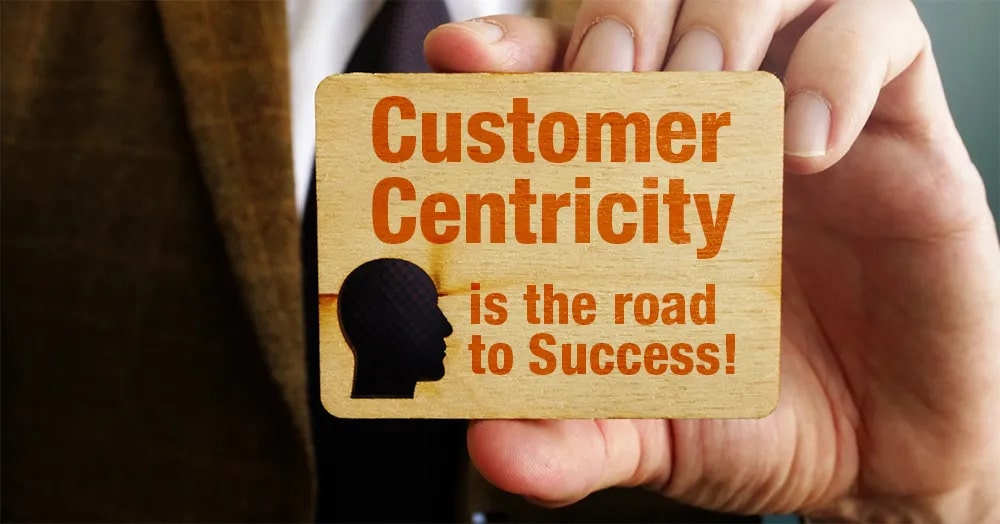In the evolving landscape of customer service, staying ahead of trends and adopting best practices is crucial for delivering exceptional support. As we step into 2024, businesses must ensure their customer support strategies are cutting-edge, efficient, and customer-centric. Here are the top 10 customer support best practices for 2024 that can help your company thrive and provide outstanding customer experiences.
1. Embrace Omnichannel Support
Definition: Omnichannel support integrates various communication channels to provide a seamless customer experience. Customers can switch between channels (email, chat, phone, social media) without losing context.
Best Practices:
- Unified View: Ensure all channels are integrated into a single system, giving agents a comprehensive view of the customer’s history and interactions.
- Consistent Messaging: Maintain a consistent tone and message across all platforms.
- Channel Preferences: Respect customers’ preferred channels and ensure each one is well-supported.
2. Implement AI and Automation
Definition: Artificial intelligence (AI) and automation streamline customer support by handling routine inquiries and tasks, freeing up human agents for more complex issues.
Best Practices:
- Chatbots: Deploy AI-powered chatbots for instant responses to common questions.
- Predictive Analytics: Use AI to predict customer needs and proactively offer solutions.
- Workflow Automation: Automate repetitive tasks to improve efficiency and reduce human error.
3. Focus on Personalization
Definition: Personalization tailors the customer support experience to individual needs and preferences, enhancing satisfaction and loyalty.
Best Practices:
- Data Utilization: Leverage customer data to provide personalized recommendations and solutions.
- Empathetic Interactions: Train agents to recognize and respond to unique customer situations empathetically.
- Customer Profiles: Maintain detailed customer profiles to inform interactions.
4. Prioritize Proactive Support
Definition: Proactive support anticipates customer needs and issues before they arise, offering solutions without the customer having to ask.
Best Practices:
- Monitoring Tools: Use monitoring tools to detect potential issues early.
- Regular Check-Ins: Implement regular check-ins with customers to identify and resolve issues proactively.
- Educational Content: Provide resources and tutorials to help customers avoid common problems.
5. Enhance Self-Service Options
Definition: Self-service empowers customers to find answers and resolve issues on their own through FAQs, knowledge bases, and community forums.
Best Practices:
- Comprehensive Knowledge Base: Create a detailed and easily navigable knowledge base.
- User-Friendly Design: Ensure self-service portals are intuitive and accessible.
- Update Regularly: Keep content up-to-date to reflect the latest information and solutions.
6. Foster a Customer-Centric Culture
Definition: A customer-centric culture places the customer at the heart of all business decisions and actions, ensuring every interaction is geared towards enhancing customer satisfaction.
Best Practices:
- Leadership Commitment: Ensure top-level management champions customer-centric values.
- Employee Empowerment: Empower employees to make decisions that benefit the customer.
- Feedback Loops: Establish regular feedback loops to continuously improve based on customer input.
7. Measure and Analyze Performance
Definition: Regularly measuring and analyzing customer support performance helps identify strengths, weaknesses, and opportunities for improvement.
Best Practices:
- Key Metrics: Track key metrics such as Customer Satisfaction (CSAT), Net Promoter Score (NPS), and First Response Time (FRT).
- Advanced Analytics: Use advanced analytics to gain deeper insights into customer behavior and support trends.
- Continuous Improvement: Regularly review performance data to make informed improvements.
8. Invest in Agent Training and Development
Definition: Continuous training and development ensure that customer support agents are equipped with the skills and knowledge to provide exceptional service.
Best Practices:
- Comprehensive Training: Provide comprehensive onboarding and regular training sessions.
- Soft Skills: Focus on developing soft skills such as empathy, communication, and problem-solving.
- Career Development: Offer opportunities for career growth and professional development.
9. Leverage Customer Feedback
Definition: Customer feedback is invaluable for understanding customer needs and improving support services.
Best Practices:
- Surveys and Reviews: Regularly collect feedback through surveys and reviews.
- Actionable Insights: Analyze feedback to extract actionable insights.
- Closing the Loop: Inform customers of changes made based on their feedback to show their input is valued.
10. Ensure Data Privacy and Security
Definition: Protecting customer data is crucial for maintaining trust and compliance with regulations.
Best Practices:
- Data Protection Policies: Implement and enforce strict data protection policies.
- Regular Audits: Conduct regular audits to ensure data security measures are effective.
- Transparency: Be transparent with customers about how their data is collected, stored, and used.
Implementing Best Practices in 2024
To successfully implement these best practices, businesses need to adopt a strategic approach:
- Assess Current Practices: Conduct a thorough assessment of your current customer support practices to identify areas for improvement.
- Set Clear Goals: Define clear, measurable goals for each best practice you plan to implement.
- Allocate Resources: Ensure that sufficient resources (time, budget, personnel) are allocated to support your initiatives.
- Engage Your Team: Involve your customer support team in the planning and implementation process to ensure buy-in and collaboration.
- Monitor Progress: Regularly monitor progress and make adjustments as needed to stay on track.
Conclusion
As we move into 2024, the importance of exceptional customer support cannot be overstated. By embracing omnichannel support, leveraging AI and automation, personalizing interactions, prioritizing proactive support, enhancing self-service options, fostering a customer-centric culture, measuring performance, investing in training, leveraging feedback, and ensuring data privacy, businesses can stay ahead of the curve and deliver outstanding customer experiences. Implementing these best practices will not only improve customer satisfaction and loyalty but also drive business success in an increasingly competitive market.



